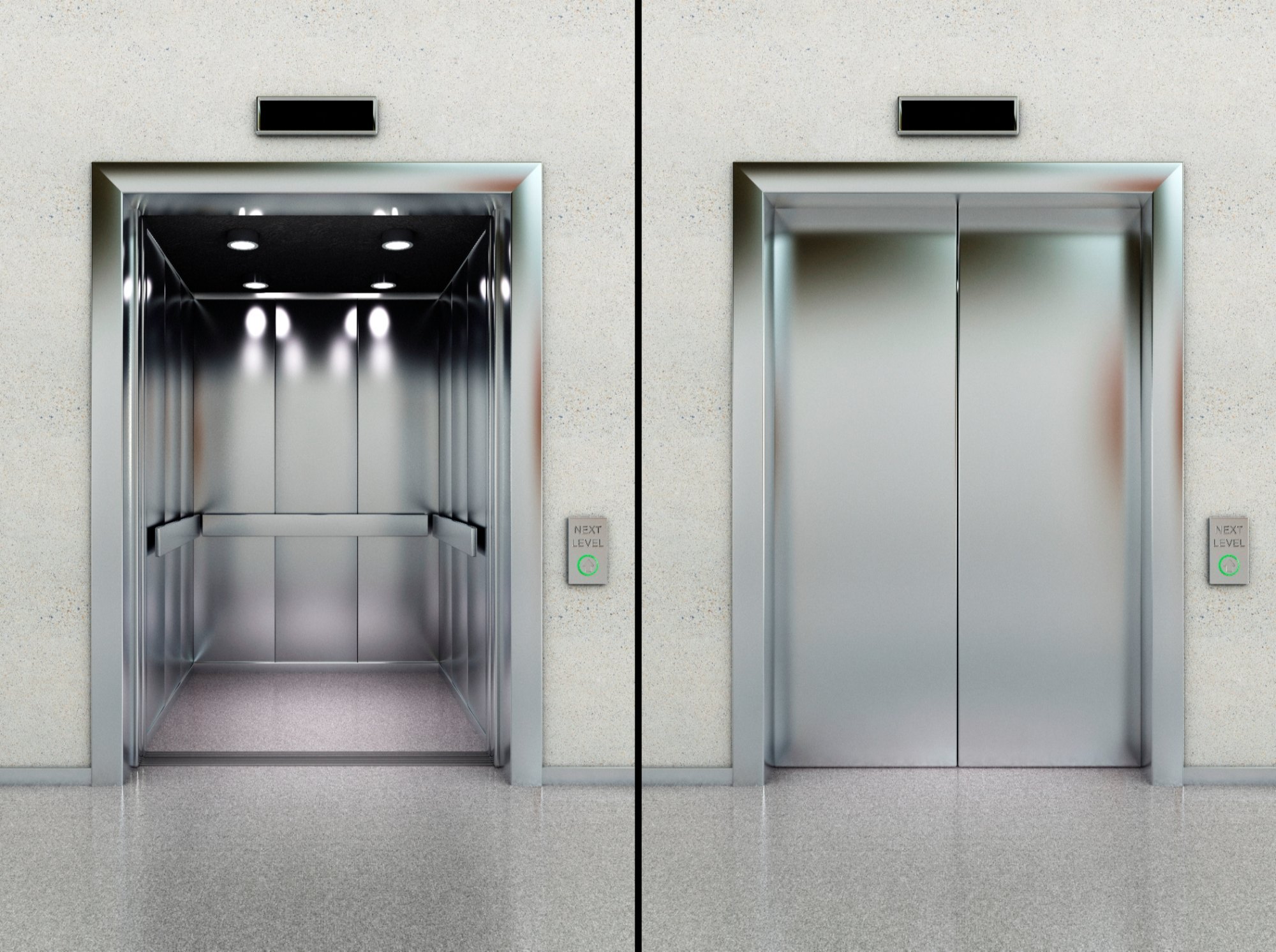
Hosiptal Lifts
SVEW has an entire range to service low-rise buildings, always providing safety, comfort and energy efficiency. With machine room and machine room-less arrangements, space saving is always considered.
Know more
Industrial Lifts
We translate that into a high-quality, mid-rise solution that provides an amazing high rise-style experience. In addition, our Compass destination management software is available at the mid-rise level allowing for dispatching and floor access rights in the configuration of your choice.
Know more
Home Lifts
In addition, elevator planning for high rise buildings with SVEW includes performance equipment design for high speed, as well as counting in factors like performance, quality and high traffic.
Know moreWORKING OF ELEVATOR

An elevator can be defined as an electric lift which is used as vertical transportation of goods as well as people among the floors in buildings using bins otherwise silos. As usual, these are activated with the electrical motors that also to drive counterweight system cables for drive transaction such as a hoist, otherwise, pump hydraulic fluid for raising a cylindrical piston such as a jack. These are used in many areas like agriculture, manufacturing, etc. Elevators are classified into different types based on our requirement. Elevators are frequently used in the latest multistory constructions, in particular wherever ramps of wheelchair would be not practical. How Does a Lift work? The working principle of an elevator or lift is similar to the pulley system. A pulley system is used to draw the water from the well. This pulley system can be designed with a bucket, a rope with a wheel. A bucket is connected to a rope that passes throughout a wheel. This can make it very easy to draw the water from the well. Similarly, present elevators use the same concept. But the main difference between these two are; pulley systems are operated manually whereas an elevator uses sophisticated mechanisms for handling the elevator’s load.
Basically, an elevator is a metal box in different shapes which is connected to a very tough metal rope. The tough metal rope passes through a sheave on the elevator in the engine room. Here a sheave is like a wheel in pulley system for clutching the metal rope strongly. This system can be operated by a motor. When the switch is turned ON, the motor can be activated when the elevator goes up and down or stops. The elevator can be constructed with various elevator Components or elevator parts that mainly include speed controlling system, electric motor, rails, cabin, shaft, doors (manual and automatic), drive unit, buffers, and safety device. Different Types of Elevator The different types of lifts or elevators include building lift, capsule lift, hydraulic elevator , pneumatic elevator, passenger lift, freight elevator, traction elevator/cable driven, residential elevators, machine room-less elevator, etc. 1) Hydraulic Elevator A hydraulic elevator is power-driven by a piston that moves within a cylinder. The piston movement can be done by pumping hydraulic oil to the cylinder. The piston lifts the lift cab easily, and the oil can be controlled by an electrical valve.









